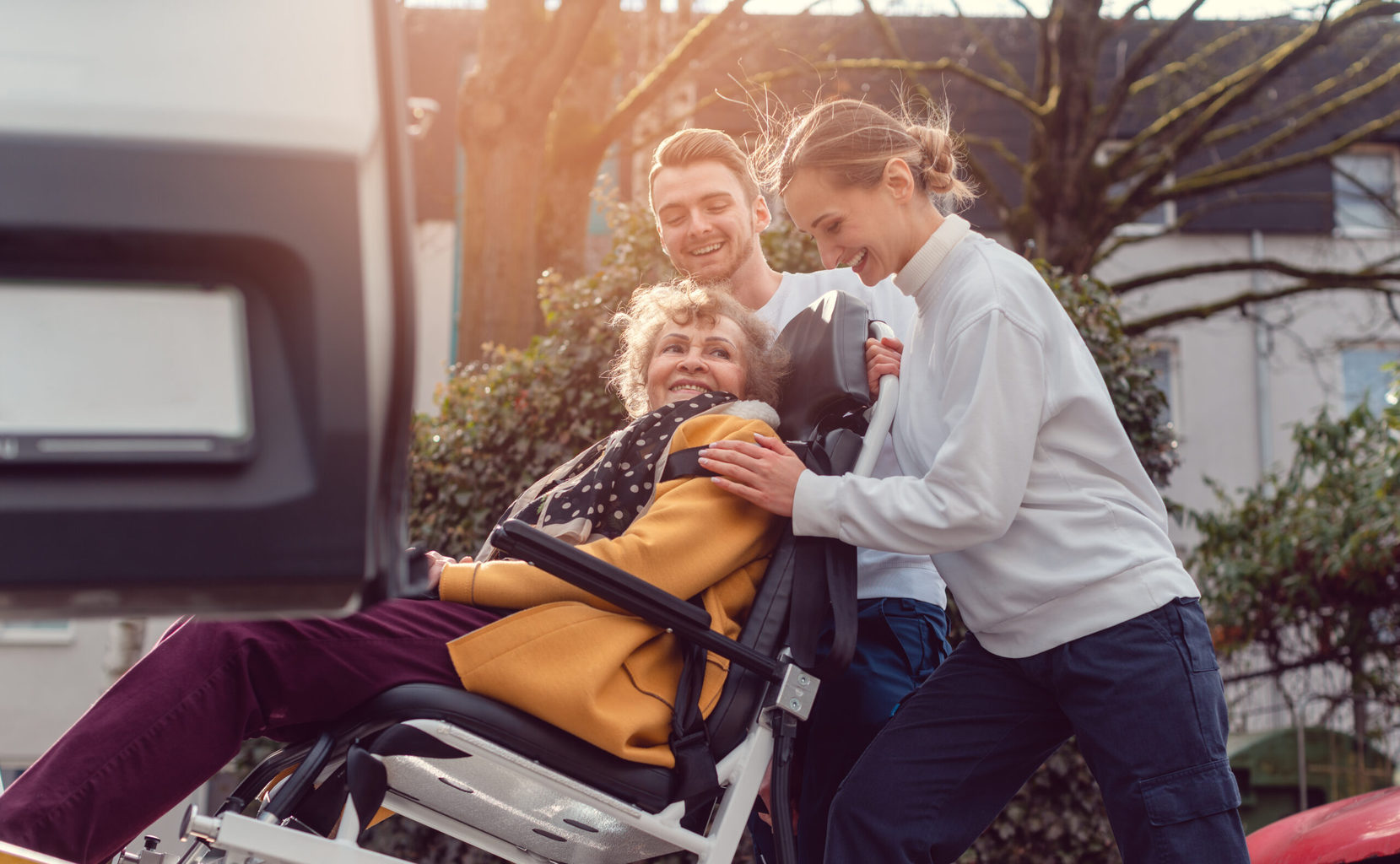2020 has been hard. Thousands of lives have been claimed. Countless people have lost a job or been furloughed. One of the many lessons that we have collectively learned this year is how much we value the freedom of independent mobility. Sometimes you just want to go to see a movie, sit on your friend’s couch, or go to the gym. These simple things add so much color and depth to our life; and are a part of being our happiest, healthiest selves. Eventually, a vaccine will be developed, and life will go back to something that resembles “normal”. So much of that normalcy will come from being able to go where we want, when we want.
If we can agree that living our happiest, healthiest lives, in part, is aided by independent mobility, then we begin to see the following as a problem: A lack of reliable, private transportation for those in the intellectual and developmental disabilities (IDD) community is a barrier to equity.
According to the Council on Quality and Leadership, 30% of people with disabilities have trouble with transportation. This number is 10x higher than those who do not have a disability. Many in the IDD community cannot get a driver’s license because of their disability. Further, according to the Journal of Disability Policy Studies:
Transportation is the most frequently reported problem for people with disabilities. Although accessible transportation is crucial for independent living, Medicaid only requires states cover nonemergency medical transportation and does not require transportation related to other aspects necessary for community living such as accessing work, errands, or recreational activities.
For millions of individuals with disabilities, public transportation is their only option for independent mobility. Medicaid provides many in the IDD community with non-emergency medical transportation, but these services support a limited use case. Recipients of Medicaid can use these transportation services to go to see their doctor for things like preventive care, specialty care or dialysis. Taking it a step further, a lack of transportation is one of the factors that can contribute to negative mental health outcomes according to the National Institute of Health:
Patients may leave an integrated healthcare encounter with referrals for specialty care, directions regarding increasing exercise and healthy eating habits, as well as goals to enhance social participation activities. It is rare that a provider will be able to achieve the full list of follow-up recommendations. This is particularly the case when the person with IDD is served by a residential provider, and frequently may be the result of lack of transportation, staff turnover, and inconsistencies in staff support, and other competing priorities that must also be addressed by the supporting staff person.
We all deserve the ability to follow our passions, interests, and curiosities. 2020 has shown us the mental toll taken when we do not have the option for independent mobility. I strongly believe that we should extend this newfound empathy to those in the IDD community that have lived with this as their normal for a long time. Transportation is a barrier to true equity. Let’s fix it.
